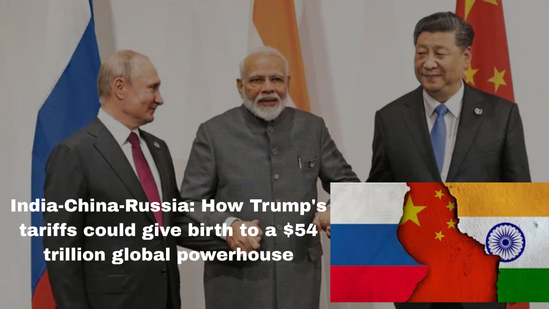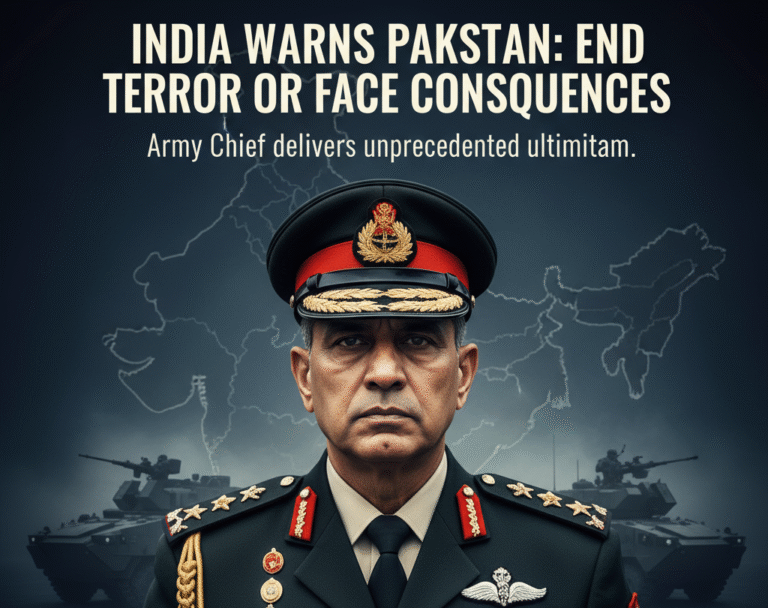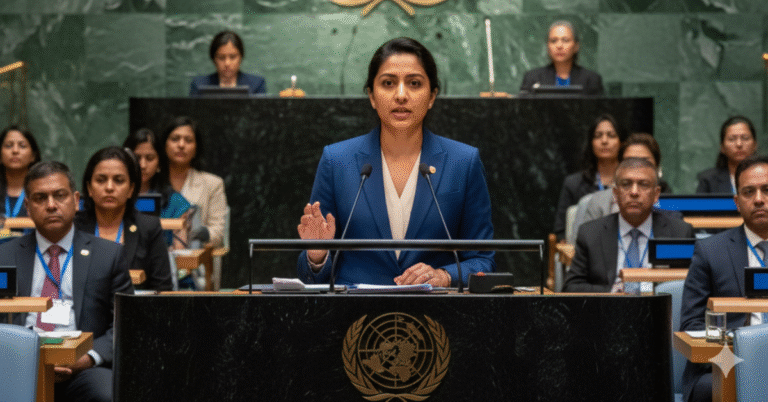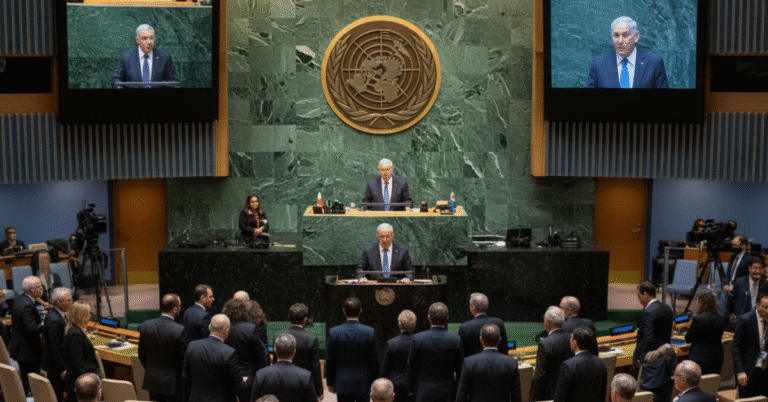
Introduction
Global trade is entering uncharted waters. Former U.S. President Donald Trump’s tariff policies—aimed at protecting American interests—may have unintentionally triggered one of the most powerful economic realignments of the century. As the U.S. enforces higher tariffs and trade barriers, a new axis of cooperation is quietly strengthening between India, China, and Russia. Together, these three nations are shaping a $54 trillion powerhouse, signalling the rise of a multipolar global economy.
The Rise of a Strategic Trinity
Diplomatic visits by Russian President Vladimir Putin to India and Prime Minister Narendra Modi’s upcoming China visit for the SCO Summit reflect more than ceremonial engagements. Analysts see the beginnings of a strategic triad—India, China, and Russia—reshaping the balance of global trade and geopolitics.
While Washington’s tariffs aim to pressure economies into alignment, they may instead be accelerating the cooperation of these three giants.
Why the India-China-Russia Alliance Matters
1. Strength in Numbers
Combined, India, China, and Russia command $53.9 trillion in GDP (PPP)—almost one-third of the global economy. Their 3.1 billion citizens represent the largest consumer base on Earth. Far from being isolated, they’re building a fortress of trade, innovation, and resilience.
2. Export & Reserves Dominance
This triad exports $5.09 trillion in goods, nearly 20% of global merchandise. With $4.7 trillion in foreign reserves, they hold 38% of the world’s safety net—offering unprecedented financial stability.
3. The Push for De-Dollarisation
Overreliance on the U.S. dollar has long tilted global trade. But Trump’s tariffs and U.S. sanctions have sped up de-dollarisation, with India and China purchasing Russian crude in local currencies. This shift could redefine global currency markets.
4. Defence & Energy Power
With $549 billion in military spending and control over 35% of global energy consumption, the India-China-Russia triangle poses a significant challenge to U.S. and NATO dominance.
5. A Renaissance in Global Order
Russia brings affordable energy, China dominates manufacturing, and India leads in services and untapped markets. Together, they’re carving out a new Eurasian economic corridor—reshaping global trade flows away from Western-controlled routes.
Implications for India

For New Delhi, this triad offers opportunities on multiple fronts:
- Leverage against China’s Belt and Road Initiative (BRI).
- Greater bargaining power in defence and trade.
- Re-entry into global export chains with strong backing from Russia and China.
As supply chains shift away from China due to Western pressure, India could emerge as the biggest winner, turning Trump’s tariffs into a strategic advantage.
Conclusion
The India-China-Russia alliance is more than a reaction to Trump’s tariffs—it represents the dawn of a multipolar world order. By combining economic might, defence power, and massive consumer markets, this triad could redefine global trade for decades to come.
What once looked like an economic challenge from Trump’s White House may go down in history as the catalyst that gave birth to a $54 trillion Eurasian powerhouse.



